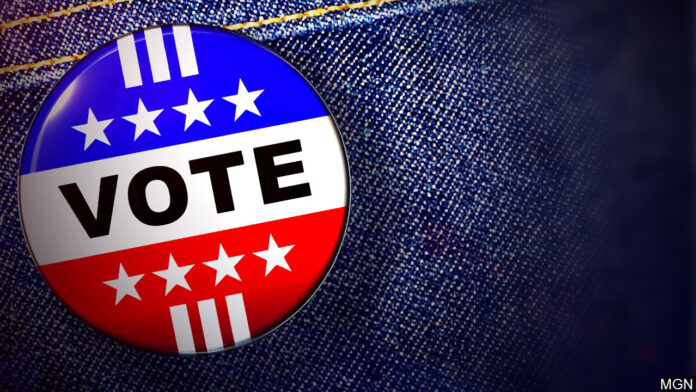Many people dedicate the first week of the new year to making resolutions, evaluating areas in their lives that could use improvement and dedicating themselves to making those changes.
We hope that this year, many citizens resolve to become better voters.
They’ll get their first chance to do so on March 3, when the Democratic and Republican parties hold primaries to select which candidates will represent them on the Nov. 3 general election ballot.
Rio Grande Valley elections offices have recently mailed out new cards to registered voters; anyone who has not received a new card since Dec. 1, or U.S. citizen over age 18 who would like to vote for the first time, should call their county elections office or fill out an application for a new card. The deadline to apply in time to vote in the March 3 primary is Feb. 3.
This year’s elections are big, with the president, all state and federal House and one of Texas’ two U.S. Senate positions on the ballot, in addition to a full array of state, county and local offices. The number of offices up for vote and their importance, including the president, usually bring out heavier-thannormal voter participation.
Heavier, however, doesn’t mean adequate. While the United States boasts one of the world’s most liberal voting systems, participation is among the worst in the free world. Scarcely half of eligible voters cast ballots in this country; even if large blocs of Americans complain about the results, that discontent traditionally doesn’t translate to higher turnout in future elections.
The day after Donald Trump won the presidency in 2016, hundreds of thousands of people took to the streets all across the country to protest the election results. The numbers suggest, however, that half of those protesters didn’t vote. The anemic turnout is one reason cited for Trump’s win. We’ll never know if those allegations have merit, or if Trump’s support might have held true even if more ballots were cast.
One thing is certain: people invested much more time and effort in their protests than they would have spent voting.
Sadly, voter turnout in the Valley usually is even lower than the already low national average. According to the Texas Secretary of State’s Office, just 46.43% of Cameron County eligible voters went to the polls in November 2016. Just 51.1% in Hidalgo County, 36.46% in Starr County and 41.3% in Willacy County voted in the same election.
The numbers are even worse for the 2018 midterm elections.
Voting is more than a privilege in a democracy such as ours. Some call it a duty. However one views the ability to select our government officials — and to seek election ourselves if we believe we can help improve our community — it gives us a chance to determine who will set tax rates and utilize the funds collected, and whether those officials will be conservatives looking to create wealth and jobs, or liberals seeking to provide more services for the public.
Those jobs will be done by the officials, but they begin with voters’ selection of the individuals to those offices.
We hope more people, especially those who have expressed discontent with previous elections, to resolve to do something about it, and do their part to make their voices heard on Election Day.
Valley Morning Star




